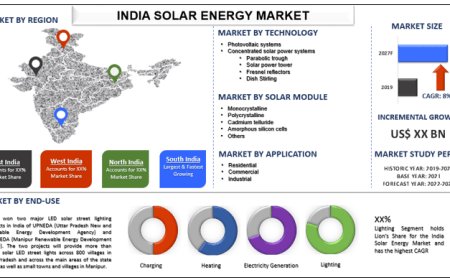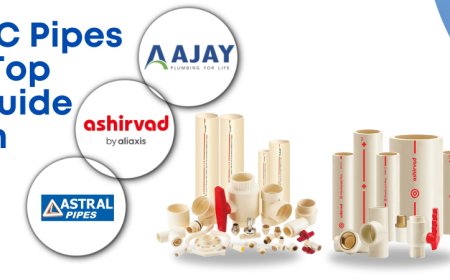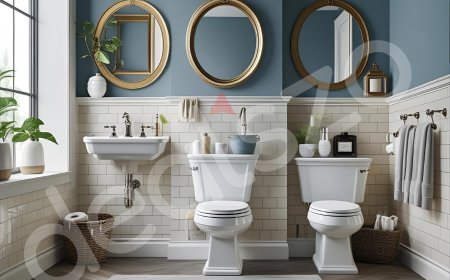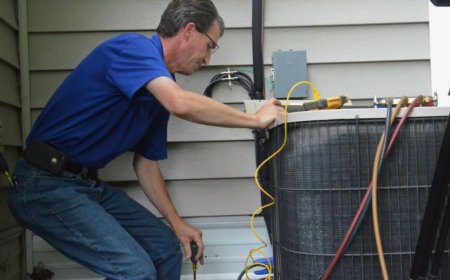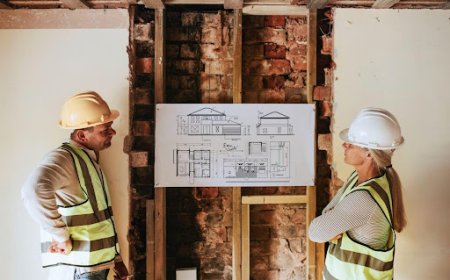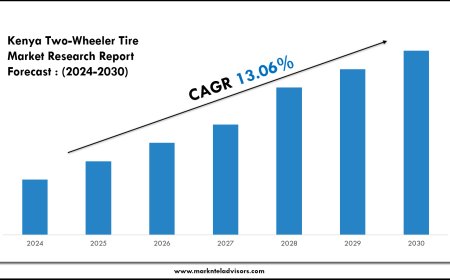The Ultimate Guide to AC Installation and HVAC Systems
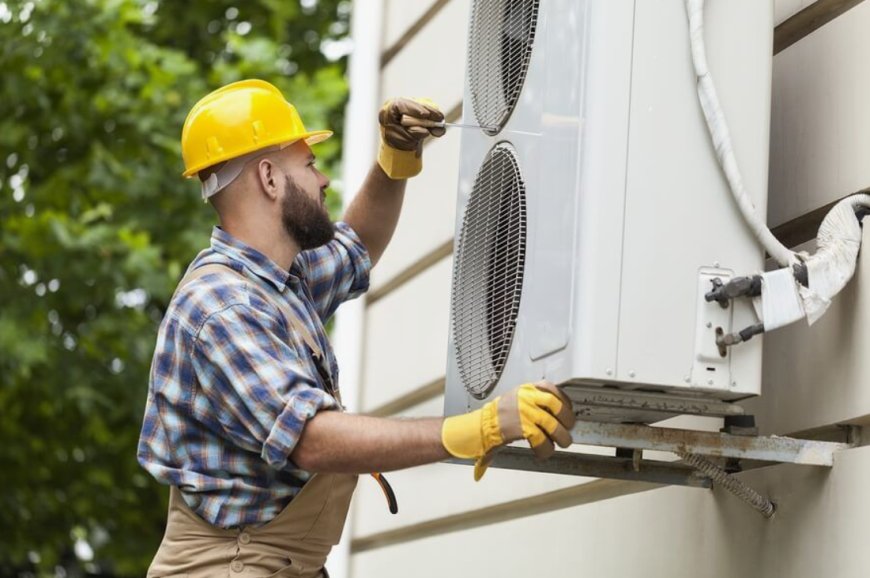
Everything You Need to Know Before Upgrading Your Home Comfort System
When temperatures rise or drop drastically, your comfort depends on one crucial elementyour HVAC system. Whether youre building a new home or replacing an outdated unit, understanding the process of AC installation and how it integrates into your overall HVAC system is essential for year-round comfort and energy efficiency.
In this comprehensive guide, well explore what HVAC systems include, why proper AC installation matters, the steps involved in the installation process, and how to maintain your system for long-term performance.
What Is an HVAC System?
HVAC stands for Heating, Ventilation, and Air Conditioning. Its the technology that keeps your indoor environment comfortable regardless of the season. A standard HVAC system includes:
- Air Conditioner (AC): Cools and dehumidifies indoor air.
- Furnace or Heat Pump: Provides warmth in cold seasons.
- Ductwork: Distributes air throughout your home.
- Thermostat: Controls the temperature settings.
- Ventilation Components: Filter and circulate indoor air.
An efficient HVAC system ensures that your home stays cool in the summer and warm in the winter, all while maintaining good indoor air quality.
Why AC Installation Matters
Proper AC installation is more than just plugging in a unit. It impacts your system's:
- Energy efficiency: Poor installation can cause your unit to work harder than necessary, increasing energy bills.
- System lifespan: A correctly installed system experiences less wear and tear, meaning fewer repairs and a longer life.
- Indoor air quality: Proper sealing and placement help control humidity and prevent pollutants from entering.
- Performance: You get consistent temperatures throughout your home, with fewer hot or cold spots.
Many homeowners dont realize that over 50% of performance issues stem from poor installationnot equipment failure.
Signs You Need a New HVAC System or AC Installation
If youre unsure whether its time for a new AC installation or full HVAC system upgrade, look for these signs:
- Frequent repairs: If your system requires repairs more than twice a year, it may be time for a replacement.
- Rising energy bills: Older or faulty systems consume more energy.
- Inconsistent temperatures: Hot and cold spots in your home indicate poor air distribution.
- Age of system: Most HVAC systems last 1015 years.
- Loud noises or strange smells: These can signal mechanical problems or poor air quality.
If any of these apply to you, consider a professional evaluation to determine your next steps.
Steps Involved in AC Installation
Installing a new air conditioning system requires more than just technical knowledgeit demands precision and careful planning. Heres a typical AC installation process:
1. Evaluation and Load Calculation
A certified HVAC technician will assess your homes size, layout, insulation, and existing ductwork. This step helps determine the correct size unit for your home using a Manual J Load Calculation.
2. Choosing the Right System
Based on the evaluation, youll choose a system that fits your home's needs and budget. Options include central AC, ductless mini-split systems, or heat pumps.
3. Removing the Old Unit
If youre replacing an existing system, technicians will carefully remove the old unit and dispose of it according to EPA guidelines.
4. Ductwork Inspection or Replacement
Your duct system may need sealing or replacement to ensure efficient airflow. Leaky ducts can reduce efficiency by up to 30%.
5. Installing the New Unit
The new AC unit is installed and connected to the ductwork, thermostat, and power supply. Proper alignment and calibration are critical during this phase.
6. Testing and Calibration
Technicians test airflow, refrigerant levels, and thermostat operation. Theyll also check for leaks and ensure everything meets manufacturer specifications.
7. Final Walkthrough and Maintenance Tips
Youll receive a walkthrough of the new system, including how to use the thermostat and maintain the unit for best results.
Benefits of a Modern HVAC System
Investing in a new HVAC system or AC installation comes with numerous benefits:
- Energy Savings: New systems use less energy and can lower your monthly utility bills.
- Improved Comfort: Enjoy even temperatures throughout your home.
- Smart Technology: Many modern systems include smart thermostats and remote control features.
- Better Air Quality: Advanced filtration systems remove allergens, dust, and pollutants.
- Eco-Friendly Options: New units often use environmentally friendly refrigerants.
Maintenance Tips to Extend HVAC System Life
To keep your HVAC system running efficiently long after installation, follow these maintenance tips:
- Change filters regularly Every 13 months, depending on usage.
- Schedule annual tune-ups Spring for AC, fall for heating.
- Clean the area around outdoor units Remove leaves, dirt, and debris.
- Seal and insulate ducts Prevents energy loss and improves airflow.
- Use a programmable thermostat Reduce energy use when you're not home.
Regular maintenance ensures fewer breakdowns and consistent performance year-round.
Choosing the Right HVAC Contractor
Proper AC installation hinges on hiring the right professionals. Look for contractors who:
- Are licensed and insured
- Provide detailed written estimates
- Have positive online reviews
- Offer warranties on labor and equipment
- Conduct a full home evaluation before giving a quote
Dont choose based on price alonea low-cost installation can cost you more in energy bills and repairs down the road.
Final Thoughts
Whether youre upgrading a worn-out system or installing an AC unit for the first time, understanding your HVAC system and the AC installation process empowers you to make informed decisions. From energy efficiency and cost savings to indoor comfort and air quality, a professionally installed HVAC system is one of the best investments you can make in your home.
Ready to improve your homes comfort? Contact a local HVAC professional today to discuss your options and get a custom quote tailored to your needs.















